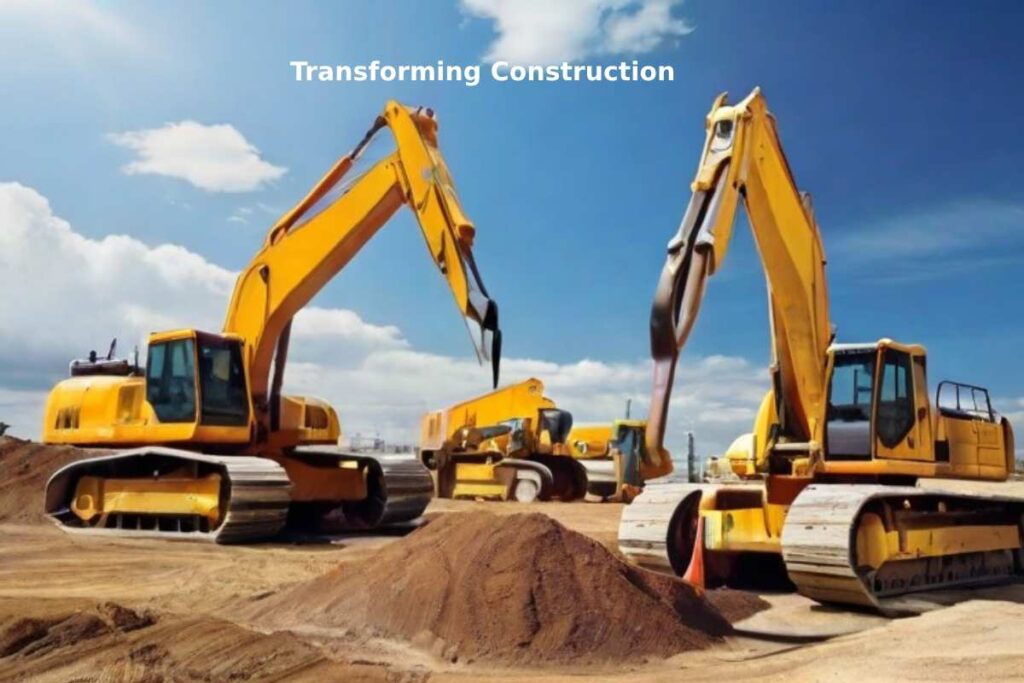The construction industry is undergoing a significant transformation, driven by advancements in technology that promote mobility and efficiency in heavy equipment. As projects grow in complexity and scale, the need for modern solutions becomes increasingly vital. Embracing these changes enhances productivity and leads to cost savings and improved safety on job sites.
The Rise of Mobility in Heavy Equipment
Mobility has become a defining characteristic of modern heavy equipment. Traditionally, construction machinery was designed for specific tasks and remained stationary for most of its operational life. However, today’s equipment is increasingly mobile, with innovations such as compact machines, telehandlers, and all-terrain vehicles designed to navigate various terrains and access tight spaces. The adoption of mobile heavy equipment, such as a portable concrete batch plant, allows construction teams to produce concrete on-site, enhancing efficiency and reducing the need for multiple material deliveries.
The introduction of mobile heavy equipment enables construction teams to move swiftly between different job sites, reducing downtime and enhancing project timelines. For instance, compact excavators and skid steers are perfect for urban construction projects where space is limited. Their ability to maneuver in tight areas allows for greater flexibility in project execution.
Efficiency Through Smart Technology
The integration of smart technology in heavy equipment is revolutionizing how construction projects are managed. Features such as GPS tracking, telematics, and automation are becoming standard in many machines, allowing for real-time monitoring of equipment performance and location. This data-driven approach enables project managers to optimize operations, allocating resources effectively and reducing waste.
Telematics systems provide valuable insights into equipment usage, fuel consumption, and maintenance needs. By harnessing this information, companies can streamline operations, reduce operating costs, and minimize equipment downtime. For example, predictive maintenance alerts operators to potential issues before they escalate, ensuring machines remain in optimal condition and prolonging their lifespan.
Enhanced Safety Measures
Safety is paramount in construction, and the adoption of mobile and efficient heavy equipment significantly contributes to a safer working environment. Modern machines are equipped with advanced safety features such as proximity sensors, cameras, and collision avoidance systems, which help prevent accidents on job sites.
Moreover, the mobility of modern equipment reduces the need for workers to be in close proximity to dangerous machinery during operations. This not only lowers the risk of injury but also enhances overall site safety. As companies prioritize worker well-being, investing in safe, efficient machinery becomes an essential aspect of their operational strategy.
Sustainability in Construction
Heavy equipment manufacturers are increasingly focused on developing eco-friendly machines that reduce emissions and fuel consumption. This shift towards greener technologies not only helps companies meet regulatory standards but also appeals to environmentally conscious clients.
Construction companies can significantly reduce their carbon footprint by adopting fuel-efficient machinery and incorporating alternative power sources, such as electric and hybrid equipment. Moreover, efficient operations lead to less waste and lower resource consumption, further contributing to sustainability efforts.
Conclusion
The transformation of the construction industry through mobility and efficiency in heavy equipment is a game-changer. By investing in mobile, smart, and sustainable machinery, construction firms can enhance productivity, improve safety, and contribute to a more sustainable future. The journey towards a more efficient construction landscape is just beginning, and the possibilities are endless.

